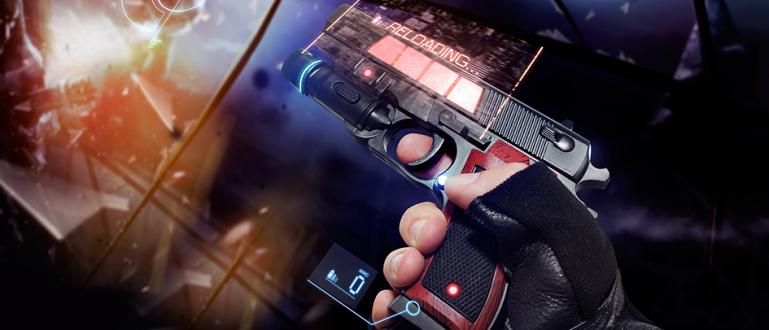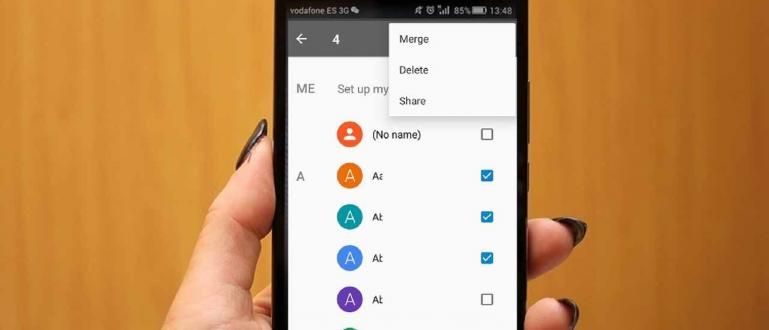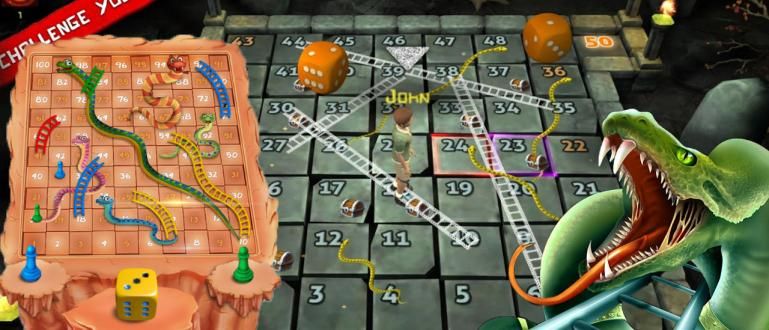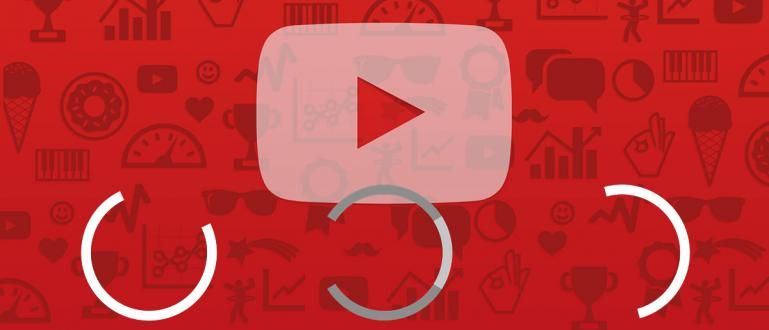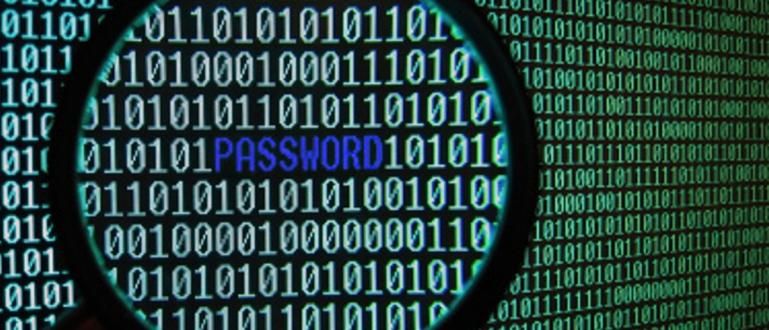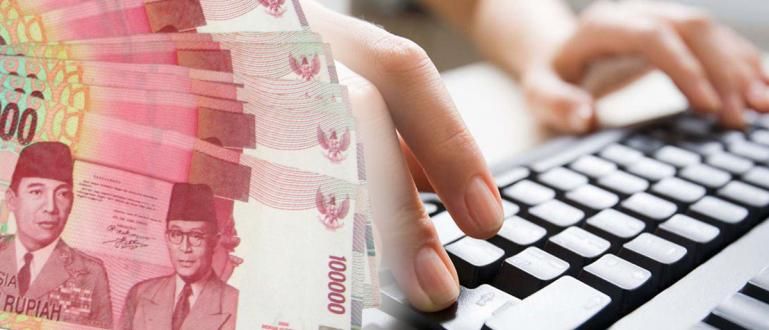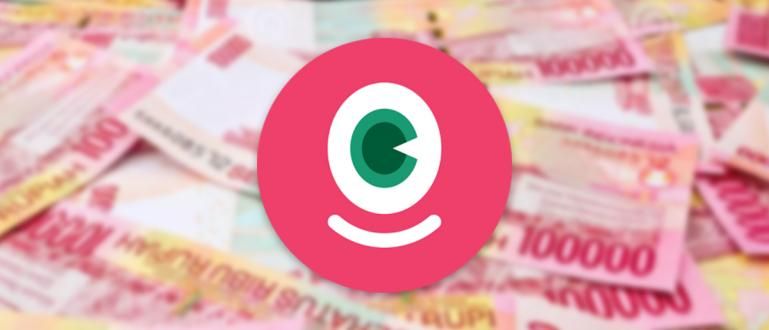Before saving your design image, it's a good idea to know the characteristics of the JPEG, PNG, and GIF formats. So that the results are precise, efficient, and effective.
Are you a graphic designer or studying design? You must be familiar with the JPEG, GIF, and PNG image formats? These three formats are indeed used to store images. However, each format has its own characteristics and advantages. This is the difference between JPEG, PNG and GIF.
- Easy Ways to Make Animated GIFs on Android Phones Only with Google Plus
- This is the Best Logo Maker Application on Android Phones
- 10 Company Logos with Super Expensive Manufacturing Costs
Before saving an image of your design, it's a good idea to know the characteristics of each format. Jaka will explain the advantages and disadvantages of the three formats and what kind of images are suitable for using JPEG, PNG, or GIF. Check out the following reviews, yes.
JPEG
JPEG stands for Joint Photography Expert Group. Formats that have a *.JPEG or *.JPG file extension. it was developed in 1986. The advantage of JPEG is that it has a high level of compression but still uses true color (24 bit). So even though the file size is small, the colors displayed are still accurate, so image quality can be maintained.
This format can be used in almost all operating systems such as Windows, Mac, Linux, and so on. JPEG became the standard format for digital cameras or cellphone cameras. However JPEG does not support transparency. So if your picture is not full, there will be background white box. For example, if Jaka put it into writing in Microsoft Word like this.

The JPEG format is most appropriate for photos and images that have high color complexity, or where there are slight gradations of color difference, and light and dark tones. For example, like the fruit image below.

PNG
PNG is short for Portable Network Graphics and has a *.PNG file extension. The development of the PNG format began in 1995. The advantage of PNG is that it is able to save images that have transparency, such as transparent background or semi-transparent parts of the image. You can insert transparent PNG images into other programs, such as Microsoft Word without the annoying white background like the JPEG format.

PNG format is also capable of saving semi-transparent images as shown in the following image. Take a look at the words "Road" which seem see-through.

The PNG format is best used for photos and images that have transparency or effects fading (faded), for example logo. PNG is also very good for storing images that will be used as materials for making future designs. However, the PNG format image file size tends to be larger.
GIF
Graphic Interchange Format or GIF has the *.GIF file extension. This format was introduced by CompuServe in 1987 and is widely used, especially on the internet. The main advantage is the small file size, so it is very efficient in terms of upload time and does not require large capacity on the server.
In addition, the GIF format supports interesting animations or moving images. Although currently PNG and JPEG also support moving images, both formats require very large file sizes. So that currently the GIF format is still the main choice in storing simple animated images.
Like PNG, GIF also supports transparency, but does not support semi-transparent or see-through effects. For example in the following image. If in PNG format, the words "Road" look see-through, in GIF it only looks lighter in color.

The disadvantage of GIF lies in the ability to save a limited color, which is only 256 colors. Images with high color complexity will look shattered if saved in this format. For example, in the fruit image above, if it is saved in GIF format, it will look broken and speckled like this.

The GIF format is best suited for storing simple images such as basic lines and shapes that don't contain a lot of color or gradation. GIFs are also the most widely used to create moving animations.
Now you know, what's the difference between using JPEG, PNG, and GIF formats? Hopefully Jaka's review above can help you determine the right format for your design work. As a complement, ApkVenue will also provide cool infographics about JPEG, PNG, and GIF from stumbleupon.com.


